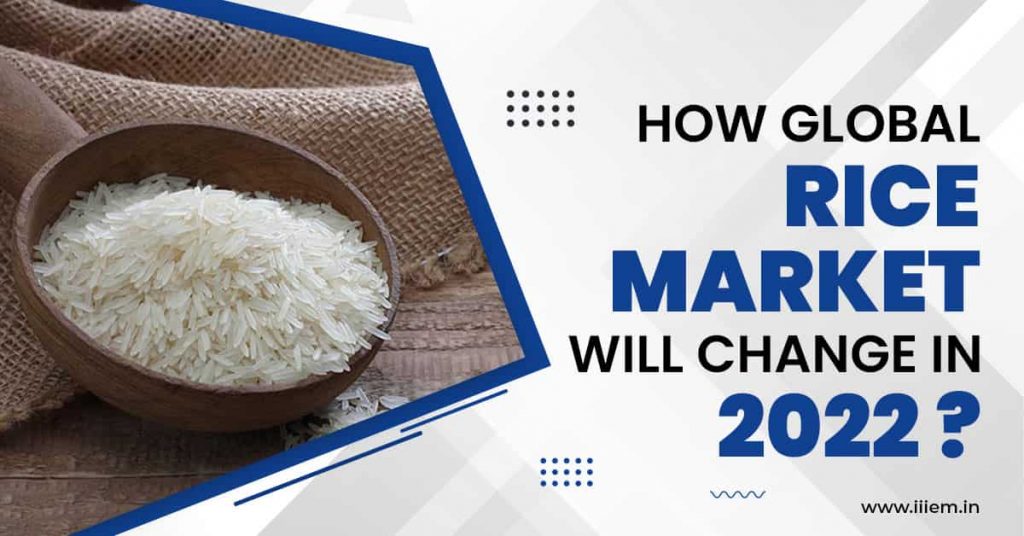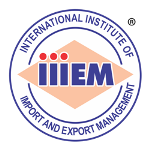
Rice is the main food for the majority of Asians, and its value as a food product cannot be overstated. According to recent trends, the Indian rice industry is a major worldwide rice producer. Rising demand for specialty rice varieties drives up trade despite COVID-19 uncertainty and higher container freight costs. The IGC predicts that commerce will expand primarily owing to increased African demand.
This blog will discuss “How Global Rice Market Will Change in 2022 and the importance of Export-Import Training.”
Global Rice Market Overview
In emerging and established markets worldwide, the rice market is segmented by production, consumption, import, export, and price trend analysis. During the forecast period, 2022-2027, the rice market is expected to grow at a CAGR of 1.6 percent.
Global Rice Market 2022 Trends
- As per the United States Department of Agriculture, worldwide rice production in the current fiscal year 2021/22 will set a new record of 506 mn tonnes.
- Experts predict that worldwide rice consumption and residual utilization would total 514 million tonnes in 2021/22.
- However, worldwide ending stocks are expected to be 167 mn tonnes, a 7.9 mn tonnes decrease from the previous season.
- According to USDA estimations, worldwide rice commerce will reach 47 mn tonnes in 2022, decreasing earlier expectations.
- Experts have reduced their trade projections since Bangladesh is expected to acquire less Indian rice in 2022.
- Furthermore, the prediction for rice exports from India in 2021 has been lifted to 1 mn tonnes to a new record of 18 mn tonnes.
- The primary reason for this positive estimation is that Indian rice continues to be an even more competitive in terms of cost.
- Over the last few years, rice consumption globally has increased little.
Importance of Export Import Training
Many businesses are competing globally as a result of the growing use of the internet. As a result, anytime a firm starts to develop and expand, entrepreneurs start to strive to become more viable by importing or exporting commodities.
- When a company begins to operate on a global scale, several additional elements might substantially impact its performance.
- Exporting and importing commodities is not just an essential component of every large, successful business. It also contributes to the growth and expansion of the national economy.
- This makes it even more important to enroll in a foreign trade course and learn all you need to know to become a top importer/exporter in India.
- After completing the export-import course, a student will have several chances in a variety of industries of international commerce.
Conclusion –
- Enrolling in Export Import Training and getting into the export-import business offers many benefits to an individual.
- The study of export-import management isn’t complex.
- If you are interested in export-import and trade, you should come with an open mind and be prepared to apply what you learn in the classroom to the real world.
- All aspects of export-import management are covered in the export-import course content.
